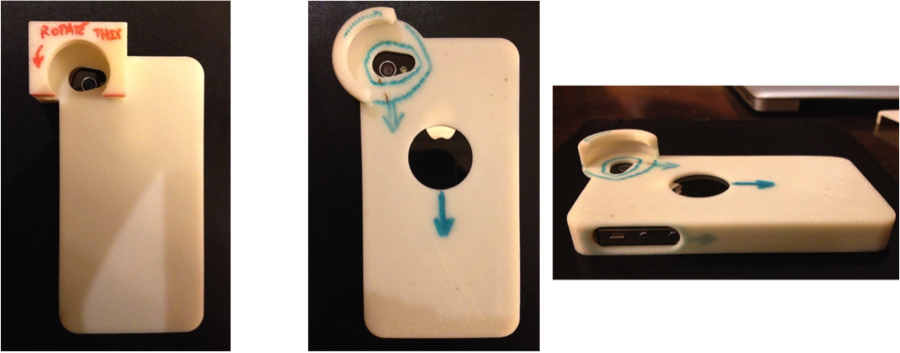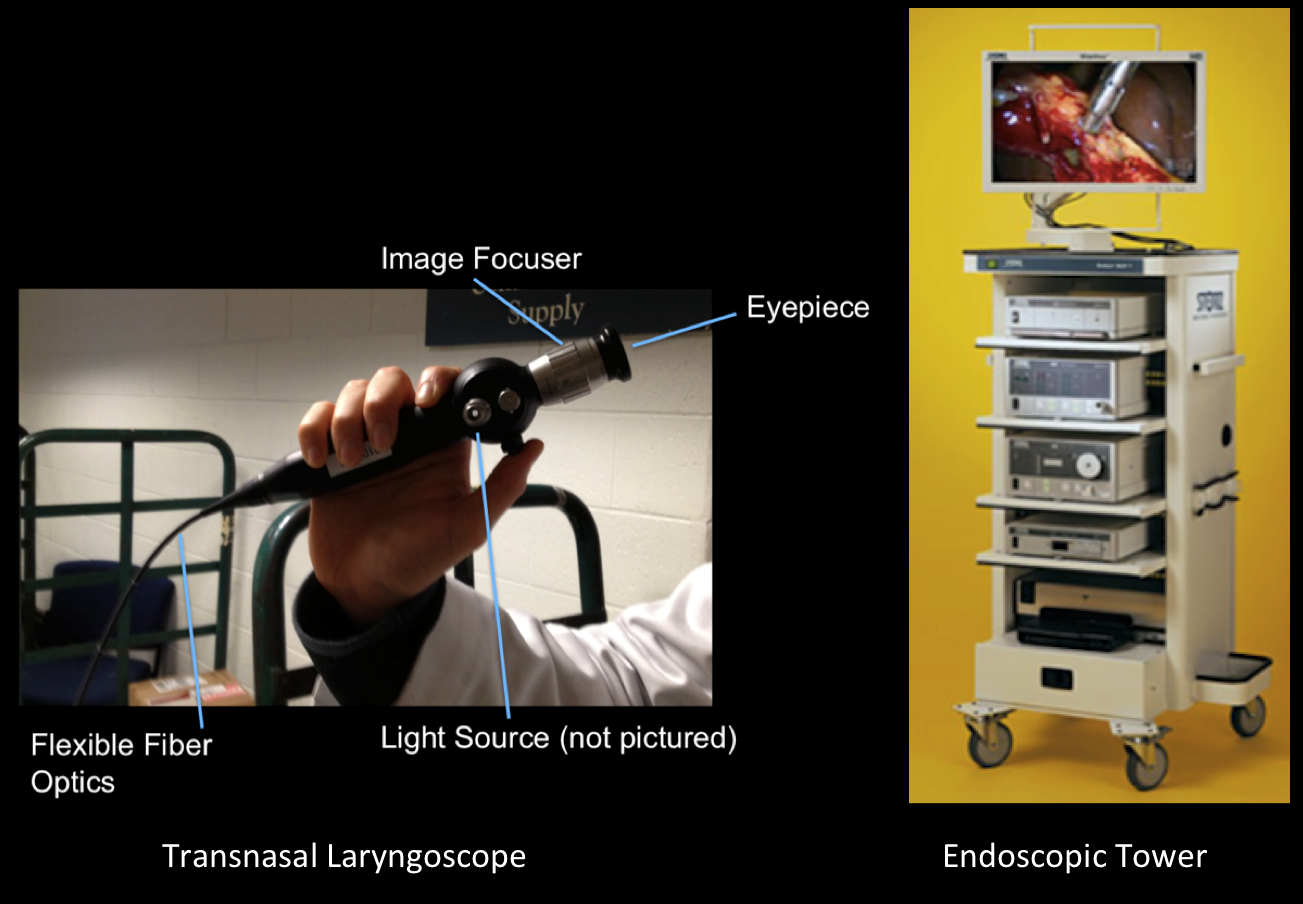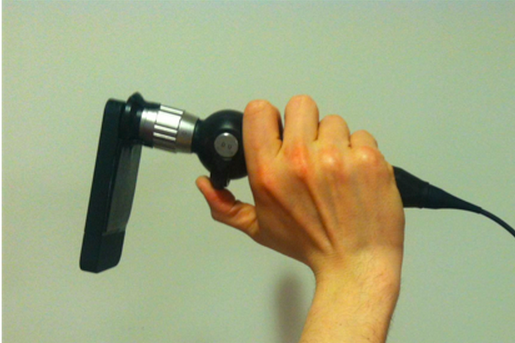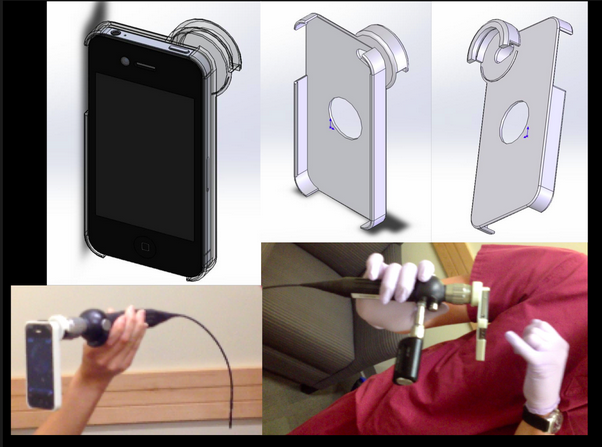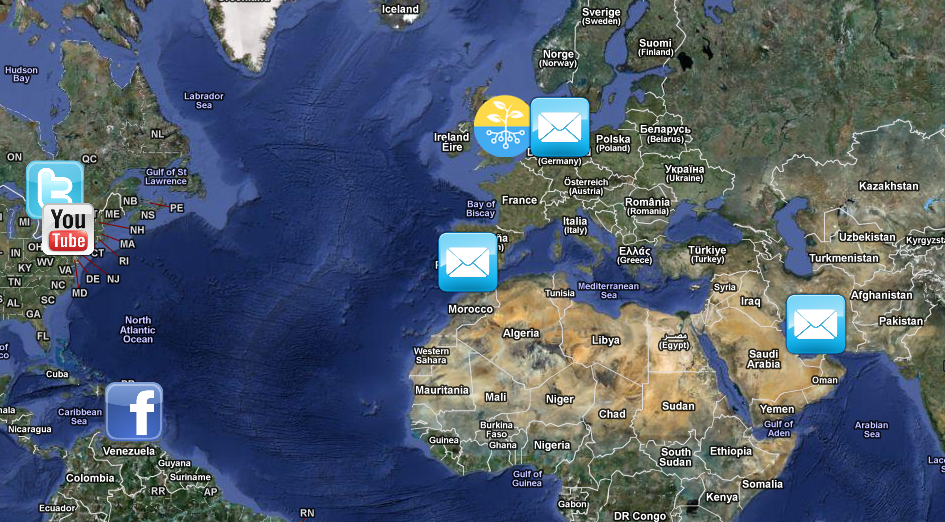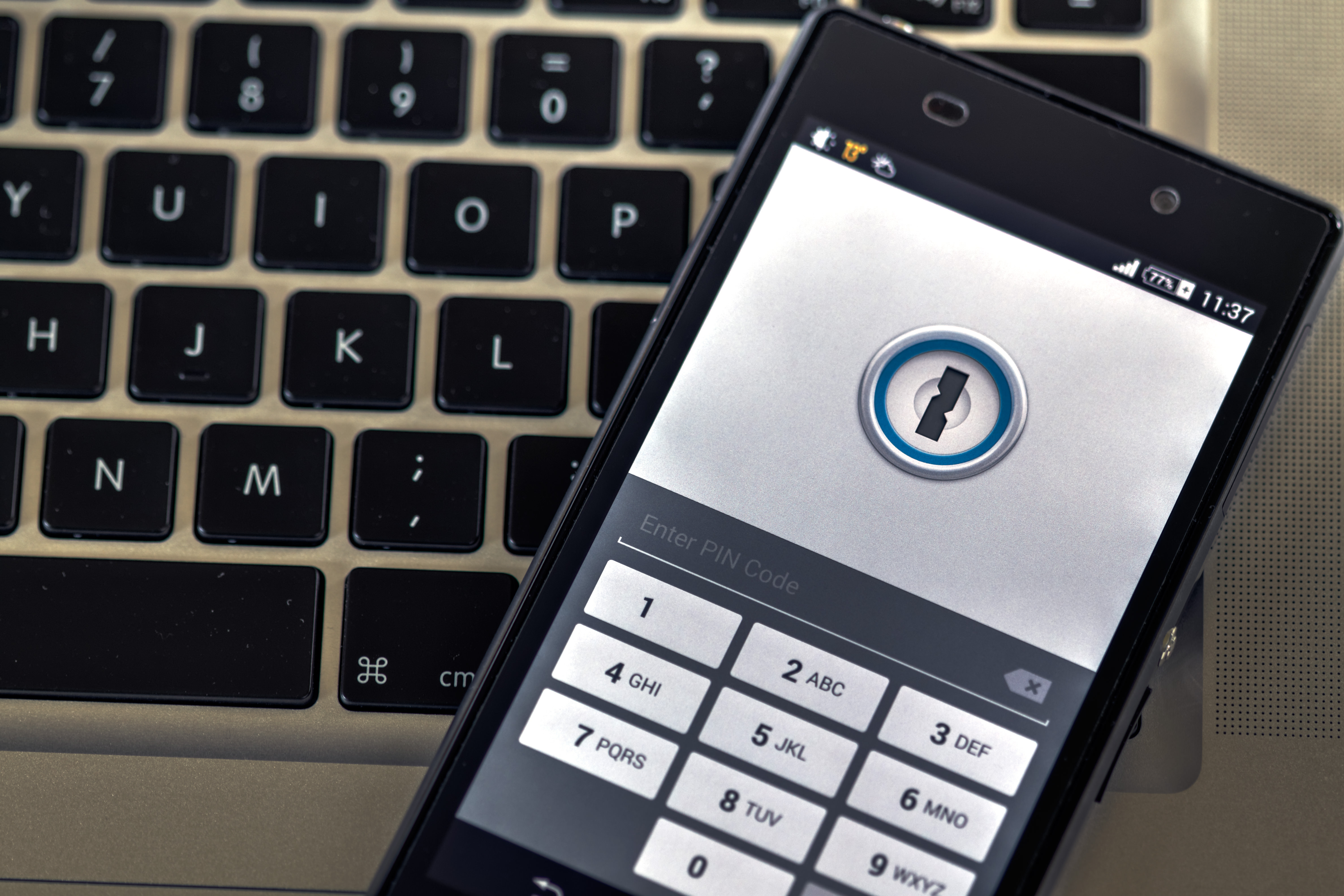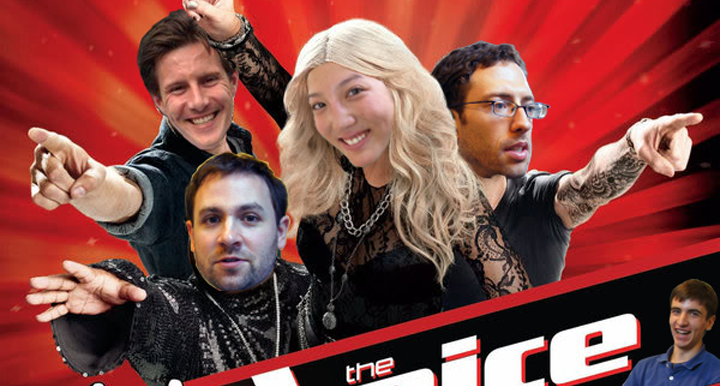By Samita Thapa and Sara Pitcairn
The possibilities for 3D printing are endless. While this may scare some of us, the potential for innovation is exactly what excites us here at TechChange! Imagine being able to quickly manufacture reconstruction materials for disaster response, 3D print homes in refugee camps, or 3D print a human heart to save a life.
But this cutting-edge innovation can also seem difficult to wrap your head around. How does it work? How do you begin? Here is an example of how an idea can become a product through 3D printing:
Dr. Boris Paskhover at the Yale School of Medicine saw a need for a portable transnasal laryngoscope with image and video capture capabilities. A transnasal laryngoscope is a handheld medical device that allows Ear, Nose, and Throat (ENT) physicians to examine a patient’s voice box and diagnose and treat ENT disorders (such as cancer of the throat or thyroid). But the equipment that captures images and videos from a laryngoscope, an endoscopic tower, is expensive and difficult to transport, making it infeasible for use outside of a hospital setting.
Imagine
Dr. Paskhover imagined an easier way to visualize the results of a laryngoscope examination. By using his Phone camera and an app called Luma to produce higher quality video and pictures, he could see the results anywhere. To start with, he created a makeshift attachment to secure a laryngoscope to his iPhone case. But ideally, he imagined a more robust solution for his work in rural settings outside the U.S.
Design
He worked with Sara Pitcairn, TechChange’s Co-Director of Instructional Design, during her senior year at Yale University to bring his idea to life. Through an iterative, human-centered design process, Sara modeled, prototyped and 3D printed an iPhone case with an interface aligning the eyepiece of a laryngoscope with an iPhone camera. The iphone case allowed Dr. Paskhover to capture high-quality photos and videos of his exams with patients without the need for an endoscopic tower.
3D Print
See the 3D printed iPhone case in action:
This is one of many examples of how 3D printing is helping fill gaps that exist in healthcare. There are countless applications in other fields, and especially in disaster response and international development.
Do you have other examples of how 3D printing is being used in your communities? Share them with us in the comments section or tweet at us @TechChange
If you are are interested in learning more about the potential 3D printing offers in your field, join Sara in our upcoming course on 3D Printing for Social Good. We will look at applications of 3D printing in a variety of contexts, along with the challenges and opportunities as the field continues to advance. After the four weeks of the course, you will have a solid understanding of 3D printing so that you can see its potential for your field of practice. We will look at case studies and examples of where 3D printing is being used today and will help you find a maker community, as well as connect you with experts using 3D printing for social good.
The course begins on May 4, we hope you can join us!

